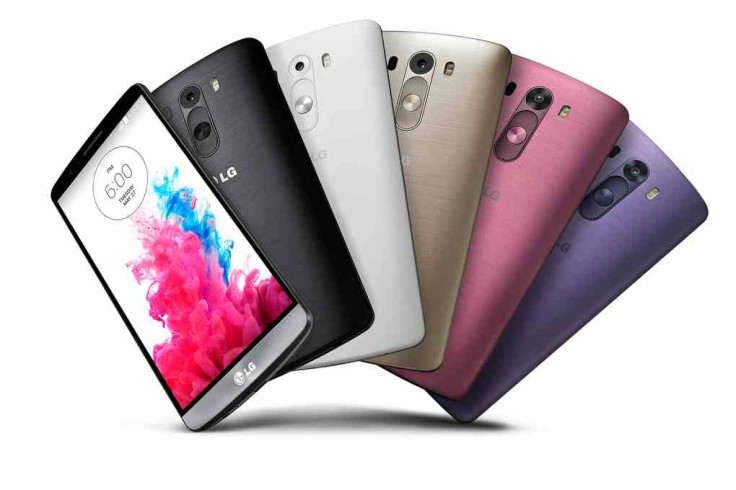LG G3 vs Sony Xperia Z2: Battle of the Flagship Smartphones

The launch of LG's flagship smartphone for 2014 brings with it the customary comparisons to the other major flagship devices that are currently on the market.
So far this year we've seen the release of the Samsung Galaxy S5, the HTC One (M8) and the Sony Xperia Z2, while Apple's next iPhone launch is not expected until August at the earliest.
As LG hopes to build on the successful foundations of last year's flagship model - the G2 - IBTimes UK takes a look at whether the LG G3 is able to take on the competition and if it stands a chance against the widely praised Xperia Z2.
LG G3 vs Sony Xperia Z2: Display
The trend for phablet-style phone sizes has taken another step forward with the G3, increasing by 0.3in from its predecessor to 5.5in. This compares to the slightly smaller 5.2in screen of Sony's flagship.
The G3's screen is not just bigger than that of the Xperia Z2, it's also got higher resolution. An impressive 2560 x 1440 pixel resolution on the G3 compares to the 1920 x 1080 offered by the Xperia Z2.
LG's IPS display doesn't just trump Sony's, it promises to be the best we've seen on any smartphone to date.
LG G3 vs Sony Xperia Z2: Design

Despite the larger screen, the Xperia Z2 is actually slightly taller and than the G3 (147mm versus 146.3mm).
Both phones offer a slim profile, with the Xperia Z2 winning out by an equally marginal amount (8.2mm versus 8.9mm), meaning it comes down to the shape of the smartphones to really tell the two apart.
Sony's fully flat OmniBalance design is seen by some as sleek and others as plain, but whichever camp you lie in it will probably be agreed that the curved back of the G3 is easier to hold in the hand.
However, with LG is yet to jump aboard the water resistant bandwagon with its latest device, potential customers might favour the Z2 for its water and dust-proof credentials.
LG G3 vs Sony Xperia Z2: Hardware
The combination of a Qualcomm Snapdragon 801 chip with 3GB of RAM makes the Z2 an extremely powerful device capable of streaming HD video and multi-tasking without any lag.

LG has matched the performance of the Z2 with the combination of the Snapdragon 801 chip with up to 3GB of RAM.
The LG G3 comes with up to 32GB of storage compared to the Xperia Z2's16GB. Both however offer expansion via a microSD card slot though the LG G3 allows up to an extra 2TB of storage, compared to the 128GB allowed on the Z2.
In terms of wireless connectivity, the inclusion of Bluetooth, NFC and support for 4G means there is nothing to separate the two in this department.
LG G3 vs Sony Xperia Z2: Camera
Sony's incorporation of technology developed by its own imaging division arm makes the Z2's camera one of the best on the market.
A 20.7 megapixel sensor and the ability to shoot video in 4K is not rivalled by the 13 megapixel camera sensor of the Z2, however LG has sought to address this imbalance with the use of lasers.
The G3 will be the first to feature a Laser Autofocus system that will allow greater shooting capabilities in low-light conditions.
LG G3 vs Sony Xperia Z2: Software
Both devices come with Android 4.4.2, the latest version of Google's mobile operating system.
The additional software layer put on by Sony is less intrusive than those added on other Android devices, while LG's QuickCircle feature makes navigating between apps much slicker.
The QuickCircle feature is available even when the case for the phone is closed, something already offered on the Galaxy S5 and Galaxy Note, though not yet on any Sony devices.
LG has announced that it is opening up the feature to developers to allow it to integrate into third-party apps.
LG G3 vs Sony Xperia Z2: Which should I buy?
A much more impressive screen on the LG G3 needs to be weighed against the vastly superior camera on the Xperia Z2 - two stand-out features that set each device apart from its competition.
There is little to differentiate in terms of the rest of the features and specs, meaning the decision will essentially come down to a personal preference for either watching high quality video or recording it.
© Copyright IBTimes 2025. All rights reserved.






















